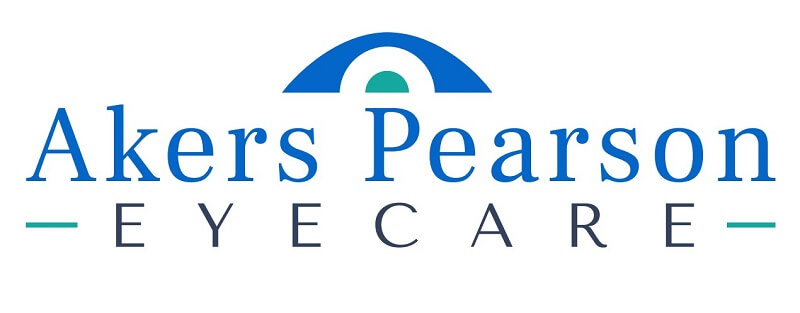 What are progressive lenses?
What are progressive lenses?
Often referred to as “no-line” bifocals or trifocals, progressive glasses are ideal for patients who have presbyopia —a vision condition marked by a decrease in the ability to focus sharply on nearby objects.
As we age naturally, our ability to see nearby objects and objects in the distance can decrease. Progressive lenses address separate visual needs in one lens—usually with a “distance viewing” field built into the upper portion of the lens, and a “near vision” field built into the lower portion.
Unlike traditional bifocals or trifocals, there are no visible lines separating the different fields of a progressive lens. Your eyes are seen clearly behind the progressive eyeglasses, you’ve got the same “look” as eyeglass wearers often half your age, and there are no “lens lines” to distract your vision.
Is it hard to adjust to progressive lenses?
With proper and consistent wear, progressive lenses should not be difficult for you to adjust to. Depending on the person, adjustment time can vary from just a few days to about a month. During the adjustment period, your vision may sometimes feel blurry while reading, driving or performing other daily tasks. This should pass as your eyes instinctively learn where to look to get the desired visual clarity.
For more information about progressive eyeglass lenses for presbyopia, and to see if they’re right for you, contact our Mesa eye doctors at Akers Pearson Eyecare today!
Special thanks to the EyeGlass Guide, for informational material that aided in the creation of this website.
